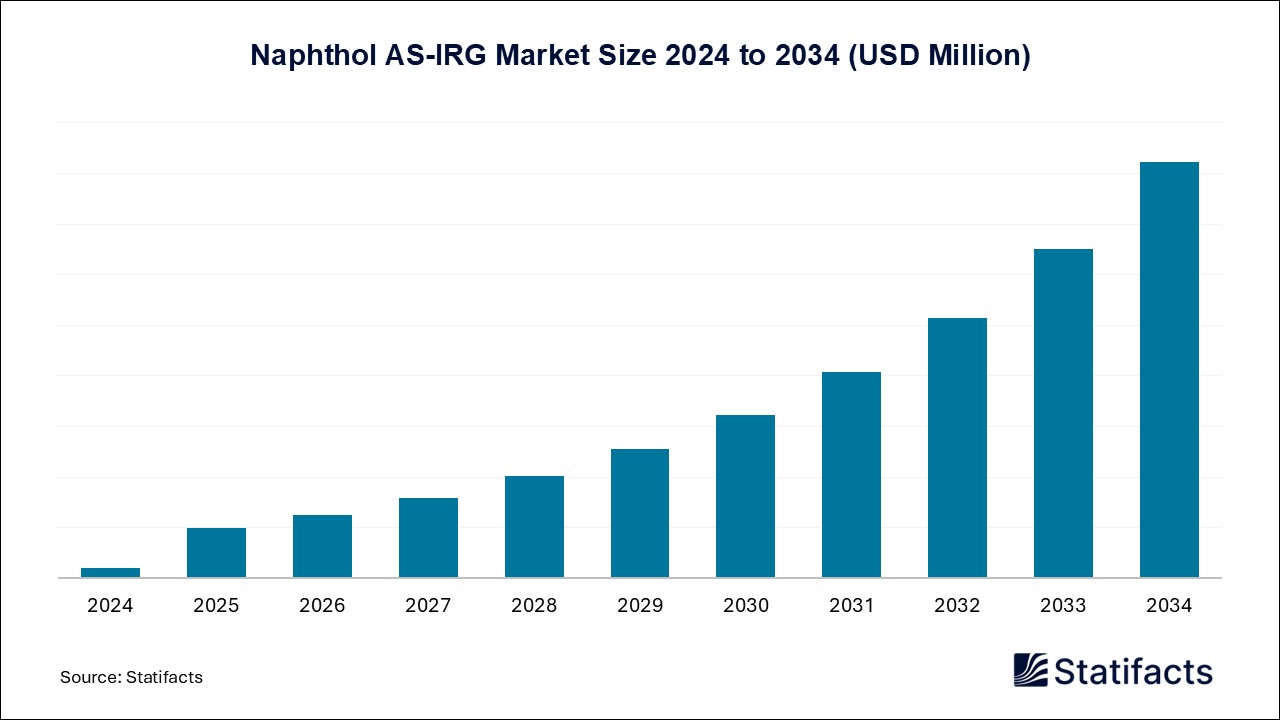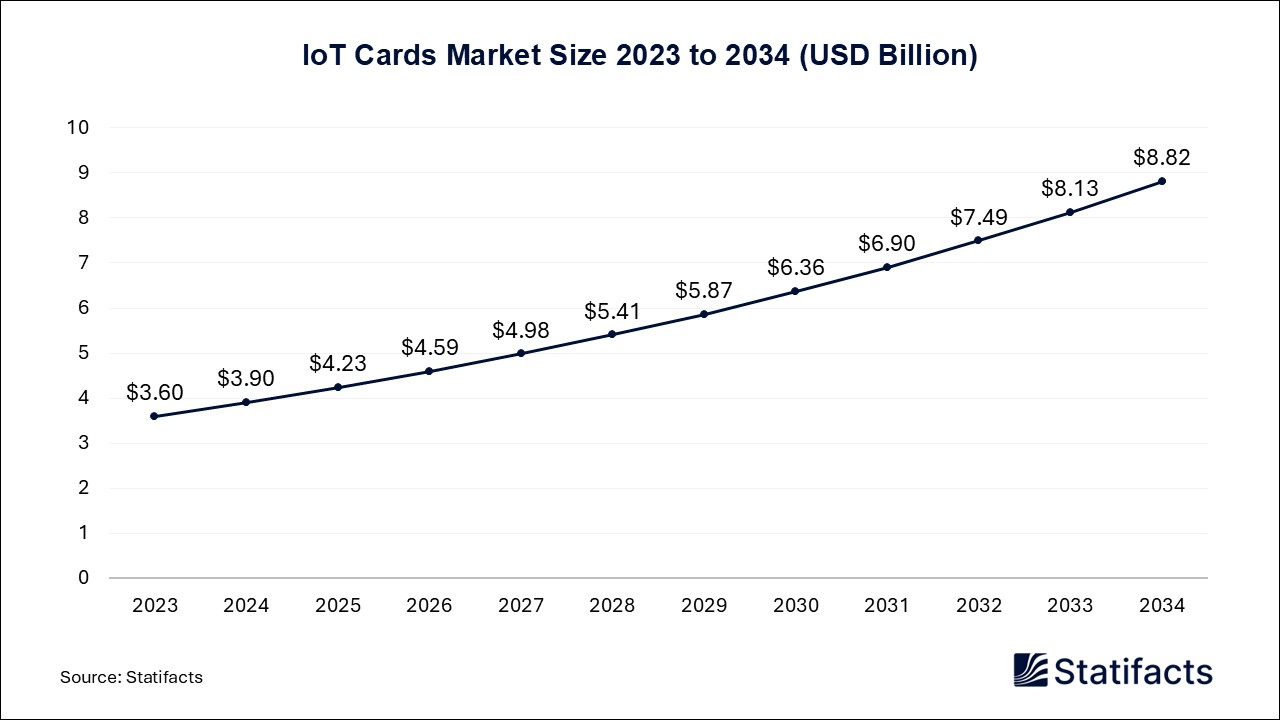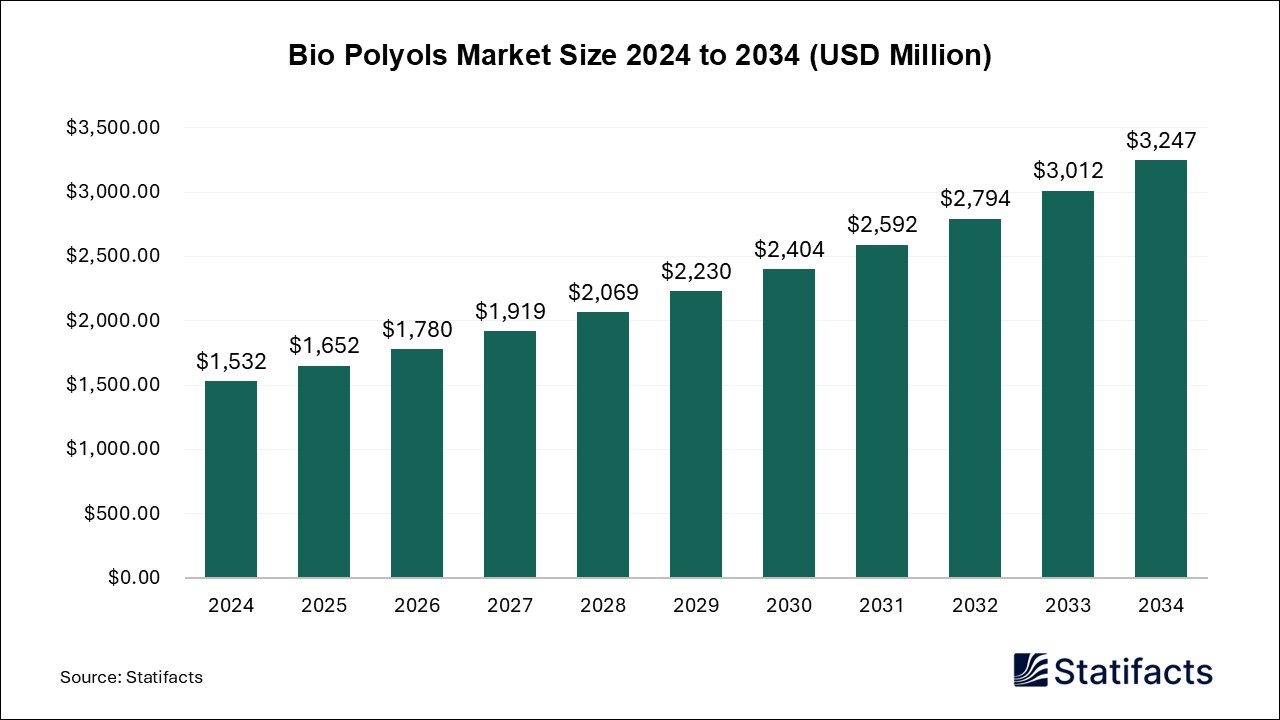

Our customers work more efficiently and benefit from
The global DNA synthesis market size accounted for USD 4,980 million in 2024 and is predicted to touch around USD 30,320 million by 2034, growing at a CAGR of 19.8% from 2025 to 2034.
| Industry Worth | Details |
| Market Size in 2025 | USD 5,970 Million |
| Market Size by 2034 | USD 30,320 Million |
| Market Growth Rate from 2025 to 2034 | CAGR of 19.8% |
The DNA synthesis market deals with the creation of nucleic acid strands via DNA replication. They are manufactured using enzyme chemistry and genetic engineering in the laboratory for numerous applications like diagnostics, therapeutic, and biotechnological and academic research. These applications are increasing with the acceptance of DNA synthesis in the latest years.
North America is considered to dominate the region; thus, it can be assigned to the existence of a prominent pharmaceutical and biotechnology sector, increased research and development funding, and a greater acceptance rate of developed biotechnological methods and tools. Agencies in the United States, such as the National Institutes of Health, are investing in the Human Genome Project due to advances in gene mapping and DNA sequencing technology. Moreover, favorable regulatory policies in the biotechnology and pharmaceutical research sectors have led to the establishment of North America's dominance in the market.
Asia-Pacific is expected to be the fastest growing due to a rise in R&D activities and the outsourcing of a number of biotechnological research projects including clinical trials. Due to growth in the past few decades in countries such as China, India, Vietnam, and Bangladesh, the region is seeing a surge in healthcare and biotechnological infrastructure. The region has several hubs for pharmaceuticals, genetic engineering, and biomedical research. This rise is boosted by an increasing focus on personalized healthcare, advancements in synthetic biology and precision medicine. Furthermore, an increasing incidence of genetic disorders in emerging economies in the region is fueling the demand for genetic testing. This trend is contributing to the growing demand in the DNA synthesis market.
A growing need for synthetic oligonucleotides like DNA or RNA to create therapies, such as gene therapies, targeted therapies, and RNA-based therapies, is driving expansion in the DNA synthesis market. Further research and development efforts are advancing technologies like CRISPR-Cas9, a breakthrough in DNA manipulation, allowing for greater precision and efficiency. Synthetic genes can be personalized to manage gene expression and reflex modulation as stated by the aimed decision indication. Potential applications for this technology include treatments related to blood transfusion in individuals with beta thalassemia.
Despite growth in the DNA synthesis market, stringent rules and ethical concerns related to synthesis and usage of genetic materials, mainly in the setting of biotechnology and gene editing, can generate restrictions to market expansion and delay in research and development. These basic regulations are important for social and safety measures and thus can lead to challenges for employment in the sector.
AI is greatly revolutionizing gene editing and synthesis technology, allowing for quicker processing and accelerating discovery. This has led to a recently developed age of opportunities in personalized medicine and biotechnology. Artificial intelligence is making waves in the DNA synthesis market allowing for more precise forecasting and analysis for data generated. Machine learning algorithms can detect vast genetic sequence datasets, which are used to guide the advancement of more precise and constructive genome editing technologies by forecasting probable inaccurate approaches.
Machine learning algorithms can be used on vast datasets of genomic sequences to forecast off-target impacts derived from the resemblance between the target and inaccurate sequences, and various other factors such as chromatin accessibility. Further, AI can aid in determining optimal places for CRISPR-Cas9 modifying by determining the genomic context, potency off-target sites, and functional annotations. This helps researchers to determine target sites with fewer off-target risks and greater editing efficiency.
Synthetic biology is a burgeoning field fueled by growth in the DNA synthesis market. The potential applications in the generation of bio-derived materials via synthetic pathways or engineered microorganisms are promising opportunities to generate eco-friendly options to conventional fuels, plastics, and various products generated from fossil fuels. By exploiting biological methods, researchers aim to generate sustainable solutions that reduce the reliance on non-replenishable resources and reduce environmental effects. Continued developments in DNA synthesis methods, like quicker and more cost-effective strategies, will modify the approach to synthetic biology equipment.
Published by Laxmi Narayan , March 2025
For any questions about this dataset or to discuss customization options, please write to us at sales@statifacts.com
| Stats ID: | 8144 |
| Format: | Databook |
| Published: | March 2025 |
| Delivery: | Immediate |
| Price | US$ 1550 |

| Stats ID: | 8144 |
| Format: | Databook |
| Published: | March 2025 |
| Delivery: | Immediate |
| Price | US$ 1550 |

You will receive an email from our Business Development Manager. Please be sure to check your SPAM/JUNK folder too.

Unlock unlimited access to all exclusive market research reports, empowering your business.
Get industry insights at the most affordable plan
Stay ahead of the competition with comprehensive, actionable intelligence at your fingertips!
Learn More Download
Download

